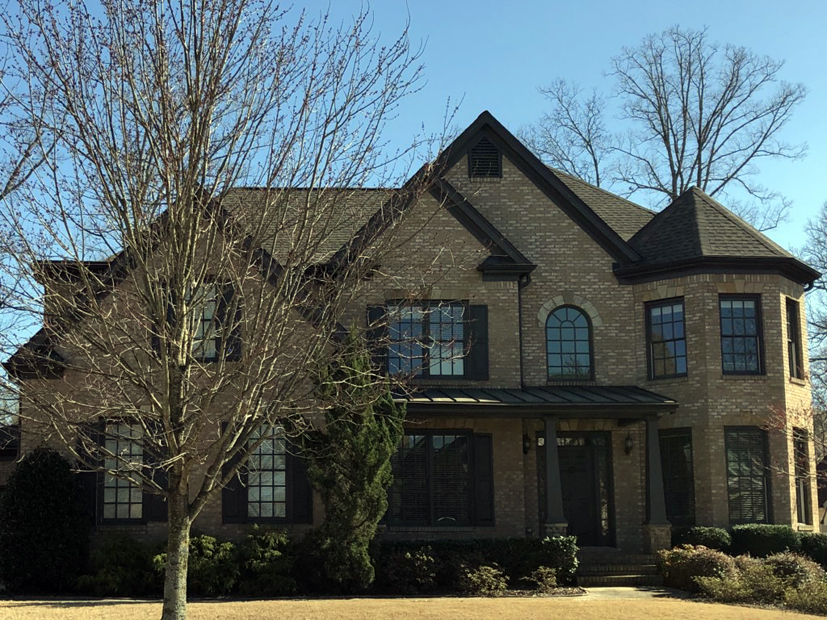WBA field trial demonstrates Wifi 6E for home networks
- December 13, 2021
- Steve Rogerson

A Wireless Broadband Alliance (WBA) field trial has demonstrated how Wifi 6E and 6GHz can increase speed, coverage and capacity for home networks.
The results from the field trial highlight the benefits of using low-power indoor Wifi 6E for a wide variety of demanding residential applications, including video collaboration for telecommuting, multiplayer gaming, augmented and virtual reality, and streaming video.
Conducted by CableLabs and Intel, the trial took place in a 330-square-metre two-story home (pictured) with a basement and the drywall, wood and other building materials typically found in a suburban residence. Wifi 6E enabled laptops with Intel Wifi 6E AX210 wireless cards were placed in various locations throughout the home and tests were conducted using a Wifi 6E enabled access point from Asus.
The trial featured a range of tests on the downlink and uplink comparing throughput achieved on the 5 and 6GHz bands for wide channels (80 and 160MHz). CableLabs and Intel also analysed the Wifi 6E performance compared with Wifi 6 on the 5GHz band in the presence of overlapping neighbouring access points.
The trial’s key results include 1.7 TCP Gbit/s downlink and 1.2 TCP Gbit/s uplink speeds when using 160MHz channels on Wifi 6E in locations close to the access point. The larger channel bandwidth and the associated increase in total EIRP transmit power based on the channel bandwidth helped increase both coverage and speed throughout the home.
These results demonstrate the real-world benefits of using Wifi 6E enabled devices over 6GHz rather than 5GHz. Although Wifi 6 devices perform better than Wifi 5 devices over 5GHz, next-level user experiences are possible with Wifi 6E and the additional bandwidth available in the 6GHz spectrum.
“This field trial by CableLabs and Intel shows how Wifi 6E and 6GHz spectrum maximise coverage, capacity, throughput and the user experience in one of the most demanding real-world environments: people’s homes,” said Tiago Rodrigues, WBA CEO. “Between HD and 4K streaming video, multiplayer gaming, dozens of smart home devices and videoconferencing for remote work, today’s home wifi networks are the foundation for how people live, work and play. This trial highlights that Wifi 6E is more than capable of shouldering that load, especially when paired with 6GHz spectrum.”
Lili Hervieu, lead architect of wireless access technology at CableLabs, added: “CableLabs has been a proponent of making the 6GHz band available for unlicensed use, and we were honoured to conduct the Wifi 6E trial in one of our employee’s homes for a truly real-world experience. The results confirmed the benefit of Wifi 6E for increased capacity and data rate that will support the growing demand we are seeing for a large variety of applications and for new emerging technologies.”
And Eric McLaughlin, vice president at Intel, said: “Intel’s mission is to enable great PC experiences with industry leading platform capabilities like Wifi 6E. The wireless trial, in collaboration with CableLabs and the Wireless Broadband Alliance, helps demonstrate the versatility of Wifi 6E on Intel platforms. The speed, latency and reliability improvements enabled by the new 6GHz spectrum, with larger channels and freedom from legacy wifi interference, will help dramatically enhance user communication, entertainment and productivity.”
Founded in 2003, the WBA enables collaboration between service providers, technology companies, cities, regulators and organisations. Its membership is comprised of operators, identity providers and technology companies across the wifi ecosystem.





